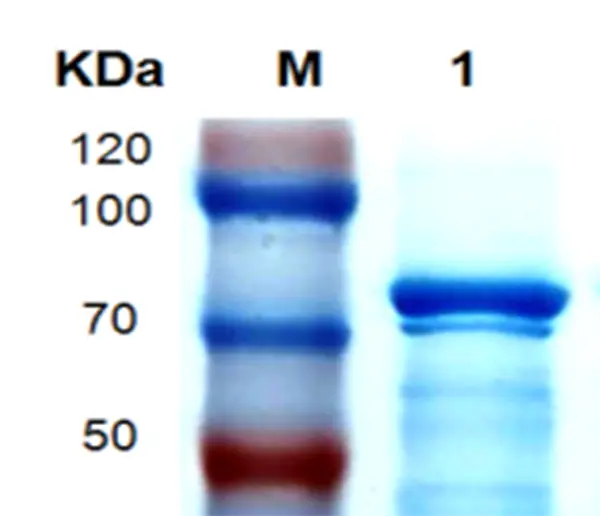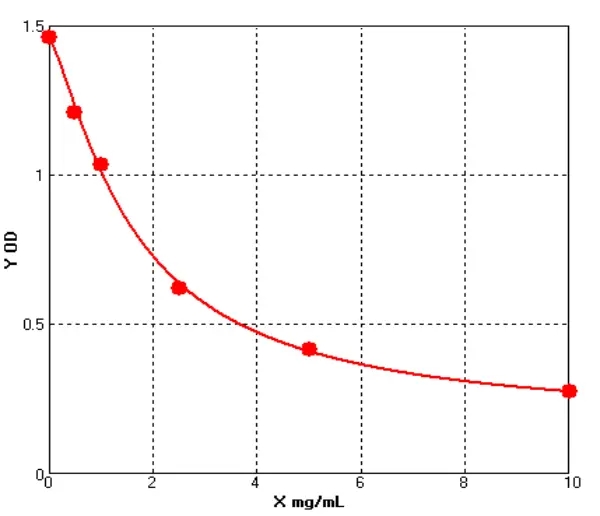Search ELISA Kits
Serine/Threonine kinases Proteins Types
-
P01B0012 Human Bone Morphogenetic Protein Receptor Type 1B (BMPR1B) Protein, RecombinantMANUAL
Cat. No.: P01B0012
Uniprot No.: O00238
Expression Host: E.coli
Expression region: 1-532aa
Fusion Tag: 6×His-SUMO (N-terminus)

FAQs about Serine/Threonine kinases Proteins
-
Q
Serine/Threonine kinases Proteins function
Serine/threonine protein kinase has a potential catalytic ability to transfer the γ-phosphate group in ATP to the specific amino acid residues of protein substrate to make protein phosphorylate. It mainly plays a regulatory role in DNA replication and mitosis, as well as in the process of transcription. For example, the process of nuclear translocation of transcription factors regulates the binding ability of transcription factors and DNA and regulates the activation activity of transcription factors. Moreover, phosphorylation is closely related to tumorigenesis, which can promote changes in gene expression and other cellular responses.
-
Q
Serine/Threonine kinases Proteins examples
The holoenzyme, as a cAMP-dependent protein kinase existing in the cytoplasm, is called protein kinase A (PKA). It is activated by cAMP and can catalyze subunits to regulate metabolism, regulate ion channels, regulate other signal transduction pathway proteins, and enter the nucleus to regulate gene expression.



